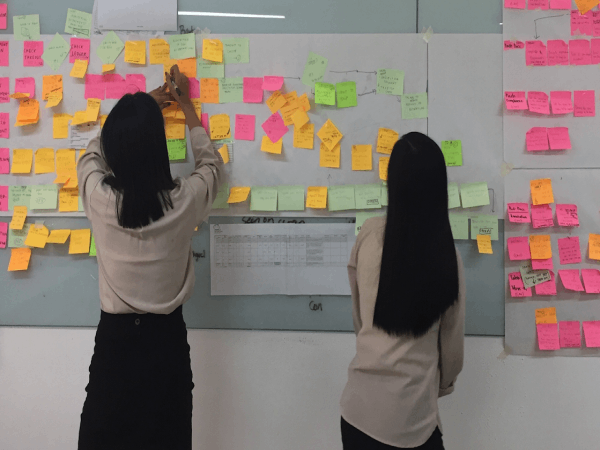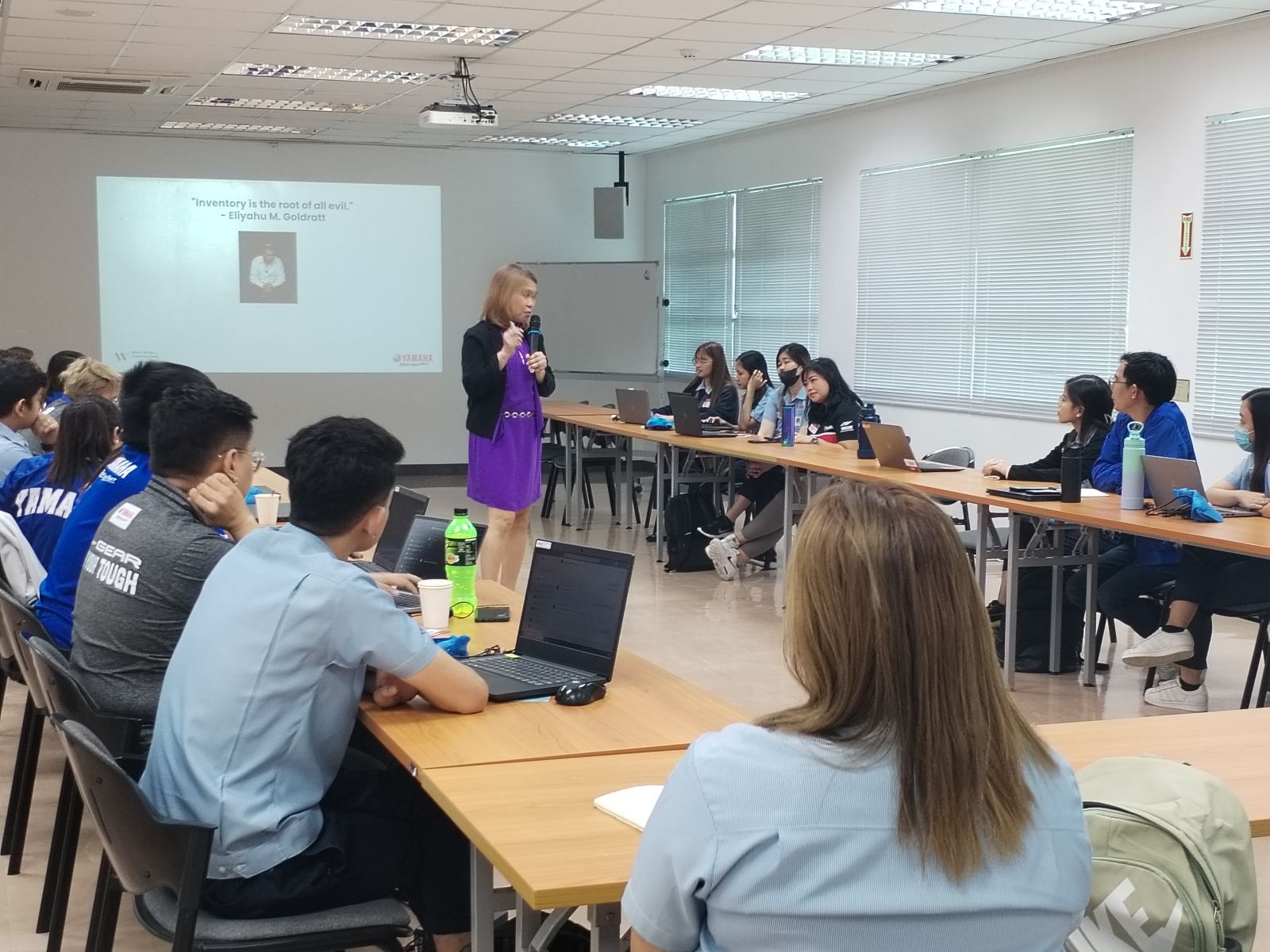Only understood processes can be improved. Visualizing a process using a process map makes it easy for process improvement teams to identify wastes and opportunities to drive effectiveness.
Process mapping is for process improvement professionals where the blueprint is for architects.
A Process Map is an organized visualization of all the interrelated activities which combine to form a process.
Based on our consultants’ extensive experience facilitating process mapping exercises, here are a few tips and tricks. When applied properly, it will bolster your team’s success at accurately mapping the process.
- Go to where work is performed and observe how is it actually done.
The investigative team gets the most accurate picture of the process by observing how work is actually performed. This is a golden opportunity to personally witness and listen to team members as they demonstrate how work is being carried out. You will be surprised with new insights and learn that team members have adjusted the documented procedure because it is no longer the current way of working as changes have been implemented as a result of
- Map the current process based on actual observation, NOT on how it is documented in your manuals NOR how you think it should be.
Most often, what is documented in procedure manuals have little resemblance to how work is currently performed due to changes that have accumulated from the time it was first documented. Thus, teams should refrain from carelessly accepting that process documentation is how the process is documented is
- Map as if “you are the input” as it goes through the process
If you are the email being sent, imagine what happens to you while you remain unread in the recipient’s inbox. If it is a request from a customer that needs to be attended to immediately, the customer waits for the reply and we know that waiting is one form of the 8 Wastes.
- Ask open-ended questions to allow more informative answers
We encourage teams to focus on the question “What are the activities and steps which are not adding value to the customer?” It may be an activity to rectify an error that happened upstream. It may be instances when the staff is waiting for an information or a decision to be made. It can also be as simple as asking the other team member and clarifying the information that was provided because it was unclear or is the required data is missing.
- The focus should be on the process and NOT on the person
Be conscious that a person will not openly cooperate and withhold valuable information if the person feels threatened. Assure the staff that the purpose of the mapping exercise is on the inherent inefficiencies in the process. It is not an exercise to pin the blame on any person.
If you have properly practiced these tips, you will have a higher chance of getting the full support and buy-in of the staff. Ultimately, you will gain their trust and will support the outcome of the analysis.
To learn the best practices in leading business process improvement projects, join our upcoming Lean Six Sigma Certification programs, Lean Six Sigma Yellow Belt Professional Certification Program will be on November 29, 2019. For more details,
Lean Six Sigma Green Belt Professional Certification program starts on Jan 17, 2020.





